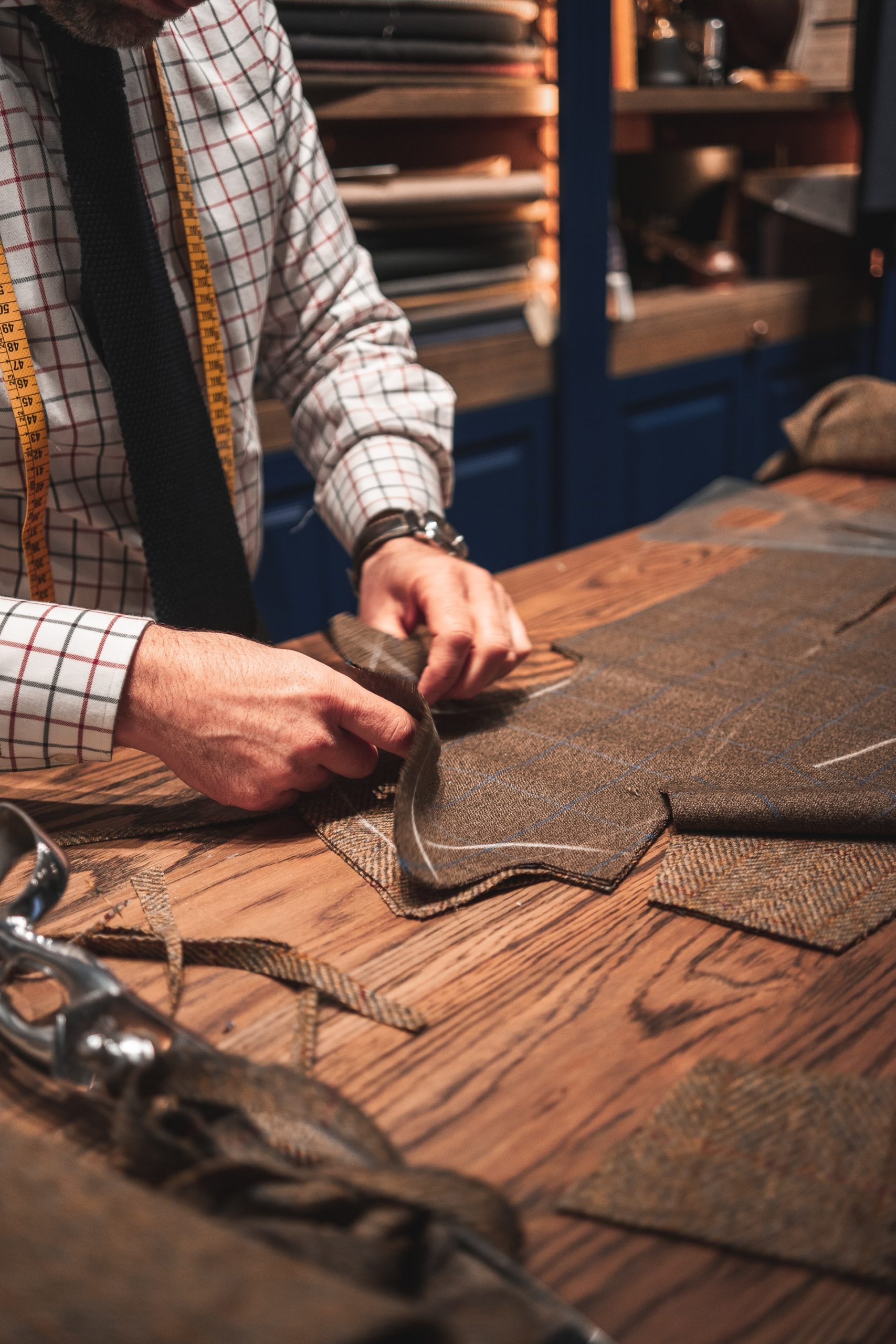Here is two-part video of how I drafted the two-piece sleeve pattern often used in a classic tailor jacket. The experience was a pretty long one as it is my first time drafting the sleeve patten at all. I don’t think I’ve ever done it even on paper. This is the beauty of digital pattern ...
I decided to create a variation of the collar where the stand is separate. This allows the collar to be shaped around the neck giving the design a more tailored finish. Here’s a fast version of the process. Probably one of the easiest to make after experiencing it at the Winter class paper.
Probably one where I did most of the trial and error, remembering from past pattern making experiences of adding pockets but also making it as classic as possible. I found that I understand jet pocket more than the welt pocket.
Drafting the top collar pattern in Adobe Illustrator. Here I was able to use new tools to make the pieces unite together quicker and faster than making new lines and connecting them to where I added volume. It is perhaps the easiest edit I’ve made.
This is the preview of how I traced the under collar and the front patterns of a classic notched jacket drafted in Adobe Illustrator.
I say very brief because I focused much of my energy hunting down the extensive history of suits and tailoring. In the last week of the class was I fully able to research the history of pattern making, which was quite interesting. I didn’t actually think of how far along pattern making had ...
Here’s how the pieces were separated from the draft of the block. Again at a faster speed. I later fixed the curve of the hips after evaluating the Massey blocks available in Accumark.
Unlike the Gerber Accumark program where features are designed to facilitate garment pattern making, Adobe doesn’t calculate nor adjust objects to smaller or bigger sizes. Instead, grading is calculated manually through points. It is nonetheless easier to manage and took me less than an hour ...

